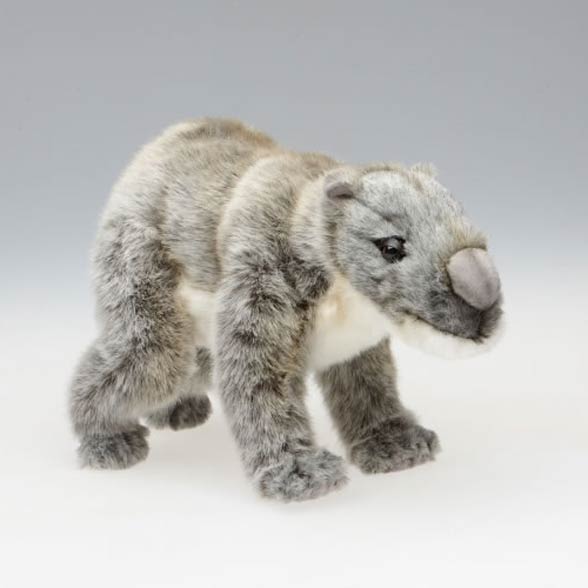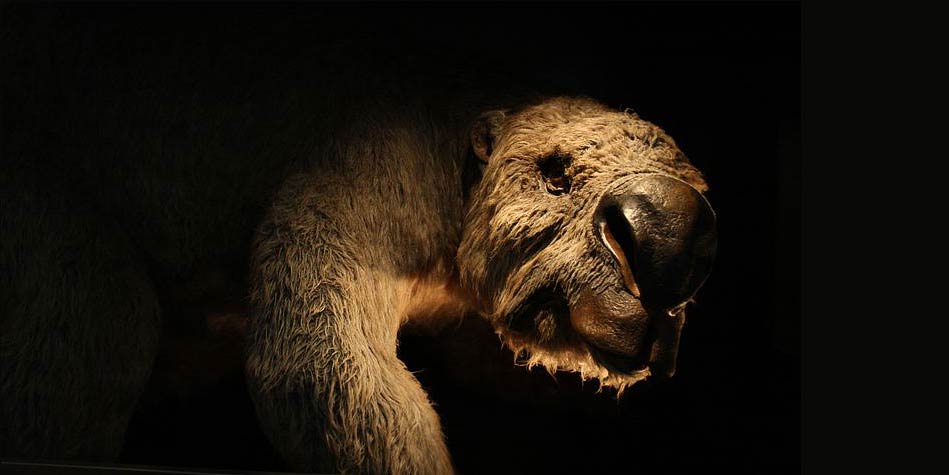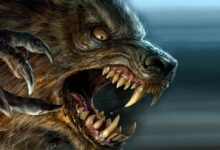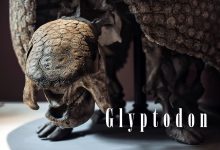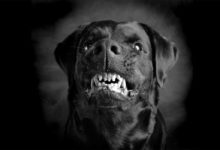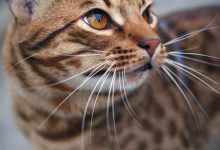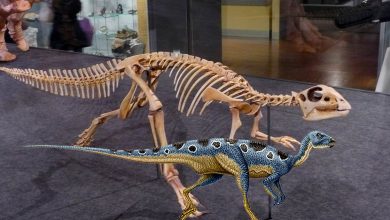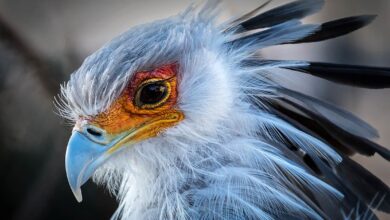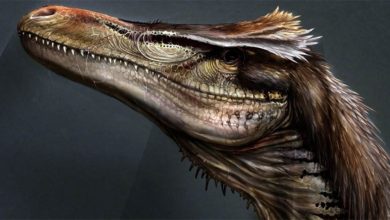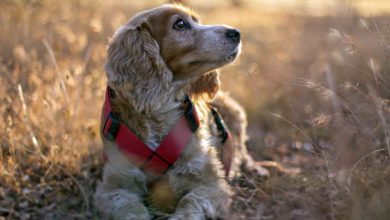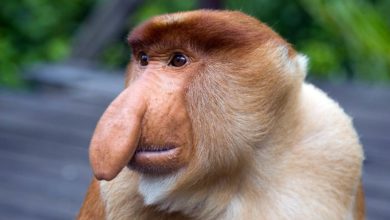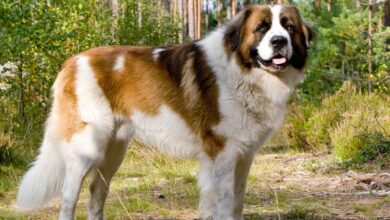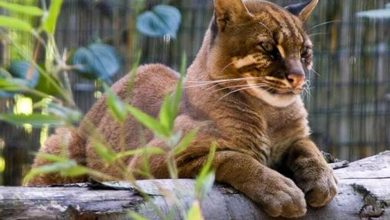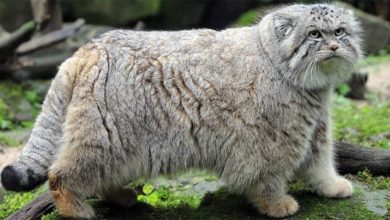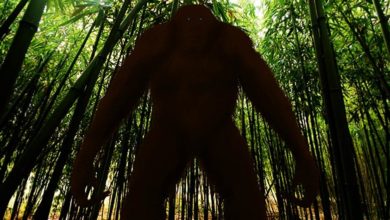Diprotodon – the largest known marsupial
Diprotodon – the biggest marsupial ever
The giant wombat
It is hard to imagine that modern wombats reaching a maximum of 120 (47 in) cm in length and about 40 cm (16 in) in height have anything to do with the largest known marsupial of all time. It turns out, however, that both wombats and Diprotodon have many convergent physical features, although they are not members of one family. Let’s find out how the king of marsupials lived and how it dealt with the difficult and often treacherous areas of Australia at that time.
Classification
- Kingdom: Animalia
- Phylum: Chordata
- Class: Mammalia
- Infraclass: Marsupialia
- Order: Diprotodontia
- Family: †Diprotodontidae
- Genus: †Diprotodon
- Species: Diprotodon optatum (the existence of other species, such as the minor and D. australis, is suggested; however, these names are thought to be synonyms of D. optatum by scientists)
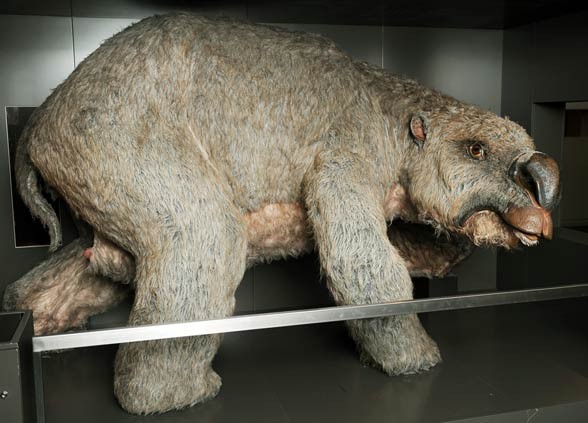
Dating and distribution
It reigned throughout continental Australia from about 1.6 million to 46 thousand years ago, that is, during most centuries of the Pleistocene era (from Calabrian to late Pleistocene). It lived in forests, meadows and wooded areas. Probably it was always near water and feeding places rich in deciduous plants and grasses.
Discovery
The first fossils of this powerful marsupial were found at the beginning of the 1830s in the cave located near Wellington in New South Wales. Lieutenant Colonel, Thomas Mitchell, discovered it and sent the finding to England. There, it fell into Richard Owen’s hands who thoroughly analyzed the new paleontological object.
In the 1840s, Ludwig Leichhardt dug out a lot of other bones of that marsupial. They were this time around the streams in the region of Darling Downs in Queensland.
The majority of found fossils of the Diprotodon representatives, evidence they died during the drought. Hundreds of individuals found in Lake Callabonna are a good example. Bones discovered there show that bodies were well preserved except for crushed or distorted heads. A theory was created on this subject, according to which several individuals or family groups (as evidenced by individuals from different age groups) drowned in the mud during the crossing of the dried lake basin.
In 2012, about 40 consecutive representatives of the genus Diprotodon were discovered. This time the discovery was made in Eulo, in south-west Queensland.
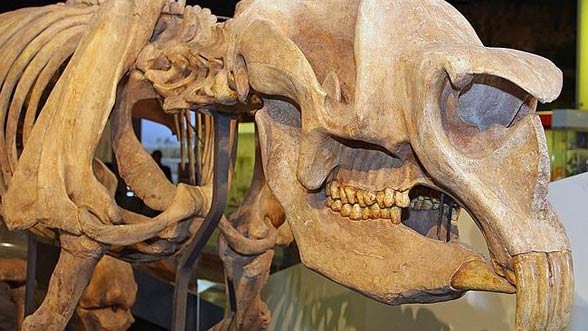
Lake Callabonna – animal cemetery?
Most answers about the appearance and lifestyle of Diprotodon were found thanks to the skeletons of the aforementioned Callabonna lake. It is probably the largest discovered cluster of bones of these marsupials – scientists have counted at least several hundred individuals. In the Pleistocene, this water reservoir was a real trap for numerous animals, even predators. There was a very high concentration of salt and other minerals that came from the surrounding rocks, as well as from seasonal floods.
Probably in the Pleistocene the lake shrinks regularly, depending on the amount of rainfall. Instead of water, it was often a salt crust under which there was a soft mud in which the animals got stuck. Probably entering a seemingly hard surface, the animals did not realize how tragic their decisions would be. Trapped in this way, large and heavy marsupials were dying of hunger or because of predators’ attacks.

Characteristics
Its size makes it similar to the present-day rhinoceros but this is the case of only the biggest known individuals. Within the genus, there were many differences connected with the size. For a long time, this was the main reason for the classification of several separate species. Nowadays, most scientists accept only one – D. optatum. Differences in size can suggest sexual dimorphism (males are bigger than females).
In larger specimens, more bone injuries occur. Experts acknowledged that they are the skeletons of males who fought regularly, e.g. for the right to mate. After a long analysis, it was also possible to determine that Diprotodon was a plantigrade animal (the ground was touched with entire feet, not only toes as cats or dogs). It was certainly the best solution for an animal weighing about 2 tons (although on the other hand, as we know, elephants walk on the toes). On the other hand, roes were directed to the inside, similar to other wombats.
Additionally, there were long strong claws on the forefeet. A characteristic pouch makes it resemble the present-day wombats. It had the entry located on the rump side and the young looked out of the pouch. Marsupium (the pouch) built in a similar way is the adjustment form to the life of wombats which very often dig burrows. The pouch, which was placed at the back, prevented the dust to get inside the marsupium. Because of its size, the Diprotodon almost for sure did not dig burrows. It seems that that adaptation was simply the feature inherited after smaller grubbing ancestors.
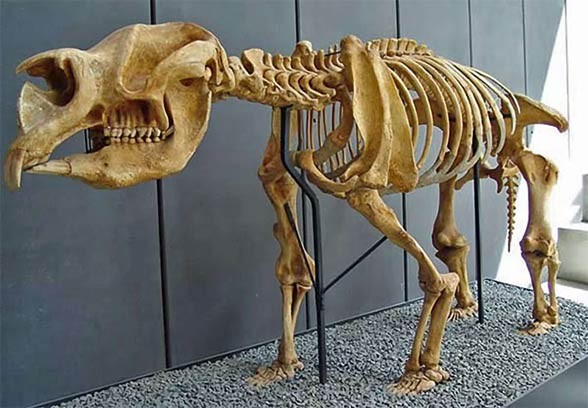
Diet
Its habitat used to be overgrown areas and Diprotodon probably used to be the herbivore, which could adapt itself to every ecosystem. It could usually eat young leaves although thanks to characteristic teeth, it could pulp and cut through harder parts of plants.
Natural enemies
Although there were no predators like smilodons in Australia, this place was full of dangerous creatures. Smaller and weaker marsupials of the Diprotodon genus became the marsupial lions’ prey. Bigger and stronger individuals would be the challenge for this predatory marsupial, but the enormous Megalania or the land Quinkana crocodile could cope with it.
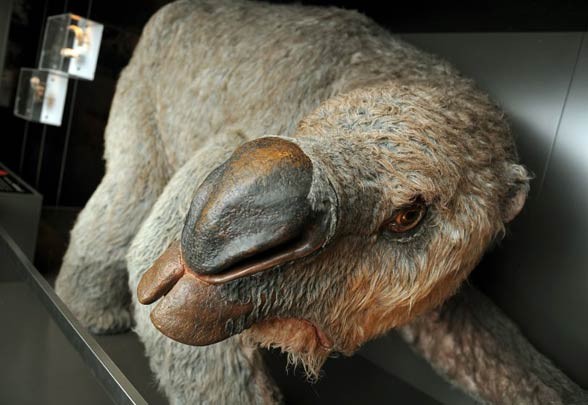
The reason for the extinction
The exact time and reasons for Diprotodon’s extinction is the subject of numerous discussions. According to some, the phenomenon of drought, known to contemporary animals, was the cause of the occurrence of smaller amounts of drinking water and the increase of the surface of arid areas. Both factors would cause stress for animals, which combined with old age and diseases would be the reason for shrinking the population.
Apart from that, the first settlers in Australia appeared and they looked for the ideal source of food. They started hunting for local animals, which were big enough to feed people living then. What is more, hunting these enormous marsupials was not difficult. The revival of the Diprotodon population would be possible if not planned fires which were to create the area for farmlands. Instead of indigenous species, there were completely new crop plants. For many herbivores, they were unsuitable because they grew too slowly and their amount was insufficient. For herbivorous marsupials, there was the lack of food and places for foraging.
Each of these factors separately would not be a danger for the whole population apart from shrinking it. However, all of them appeared at the same time causing both Diprotodon and other animals of megafauna to be in great danger. The appearance of the human being was not the most important reason for its extinction. First inhabitants came to Australia around 50 thousand years ago, that is when Diprotodon started disappearing from the Pleistocene landscape.

Detailed information / size
Diprotodon
- The length of the body: 3 m (9.8 ft)
- Height at shoulders: 2 m (6.6 ft)
- Weight: 2790 kg (6,150 lb)
- Dating: 1,6 mln – 46 thousand years ago (some people think it survived till around 30 thousand years ago)
- Distribution: Australia

Diprotodon – curiosities
- The name Diprotodon could be translated as ‘two front teeth’.
- Diprotodon is thought to be the biggest representative of the megafauna in Australia and the biggest known marsupial ever.
- The image of Diprotodon can be seen in rock paintings created by Aborigines.
- The footprints found in geologic formations were found with some hair, which indicates that Diprotodon had fur similar to present-day wombats.
- The issue of classifying Diprotodon species has not been clarified. To date, 8 species have been described, but many specialists accept only 3 of them. There are also studies describing about 20 species of Diprotodon.
- The closest relatives of this giant marsupial are wombats and the koala.
- Diprotodon could become the inspiration for the legend of a Bunyip – the creature which was the element of Aborigines’ beliefs. Indigenous inhabitants of Australia thought that Bunyip was the ghost, the devil, the angel and even a god.
